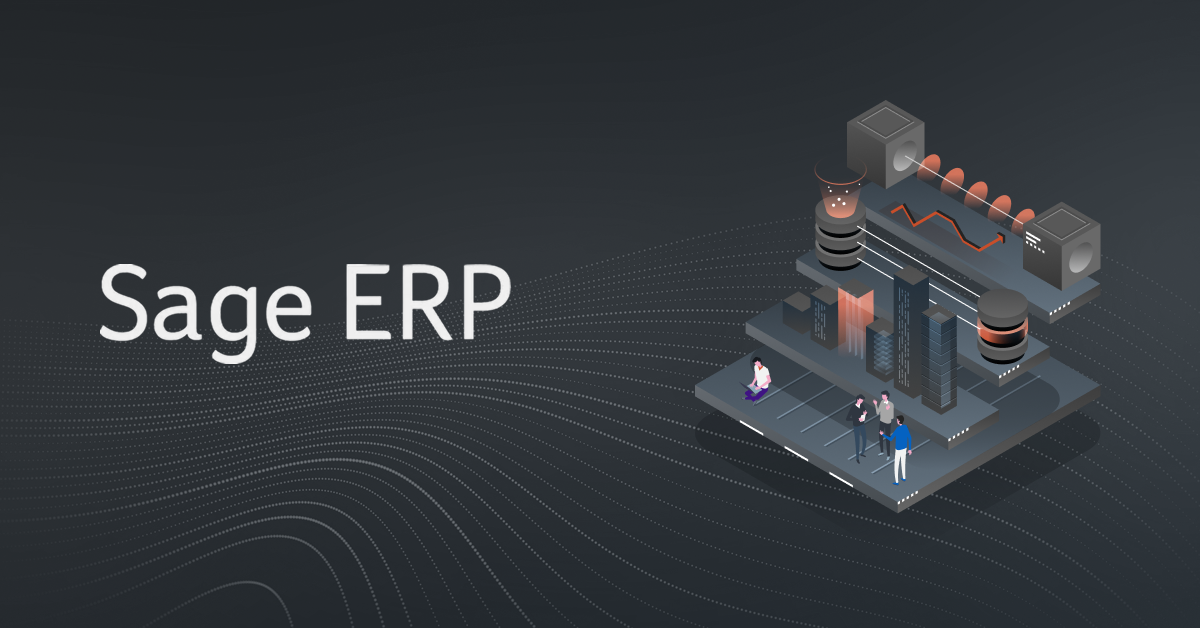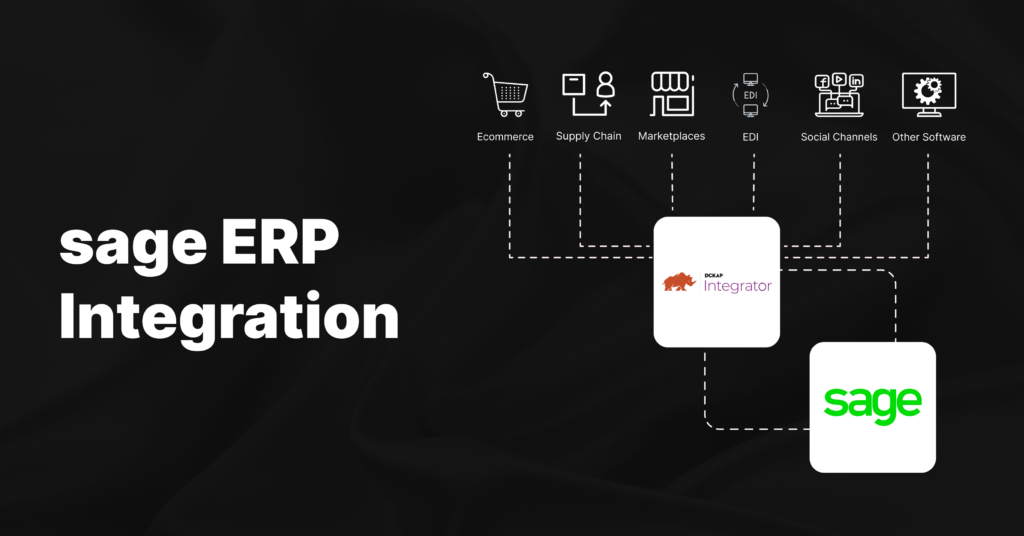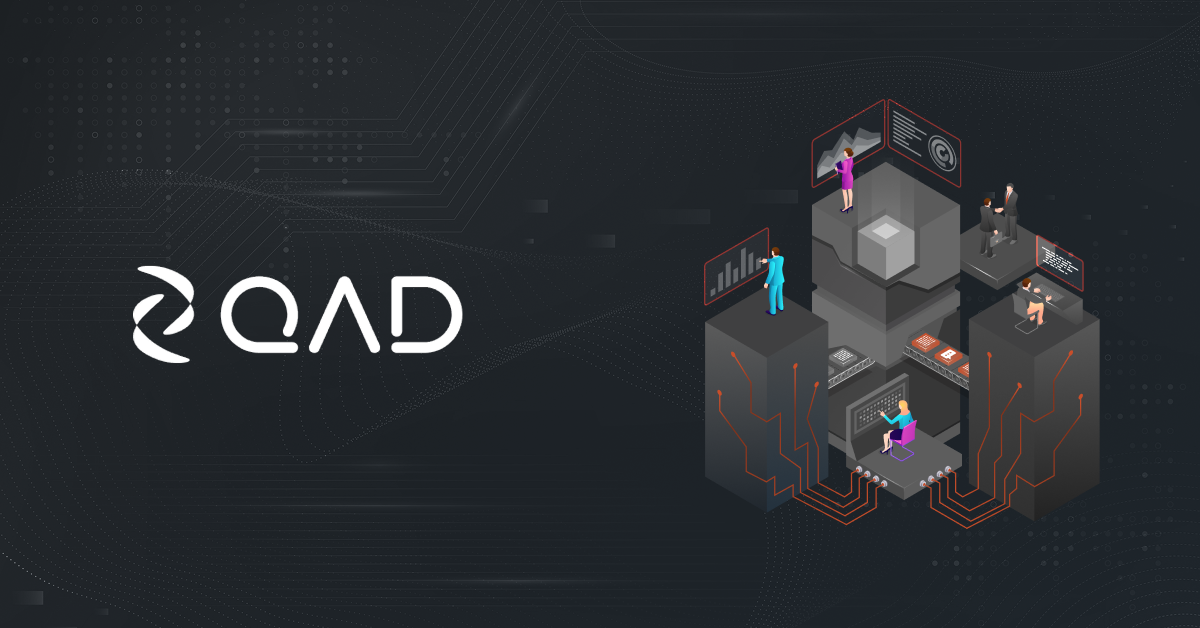
December 11, 2025
The End of TPCx: Your Next Steps [+Better Alternatives]
You may have already heard the news. Epicor plans to sunset TPCx (Trading…










No Spam. No Politics. No Fluff. No Noise.